Australian policymakers, think tanks, the media, and the property lobby want to force Australians to live in high-rise apartments to squeeze an additional 13.5 million people into the country over the next 39 years.
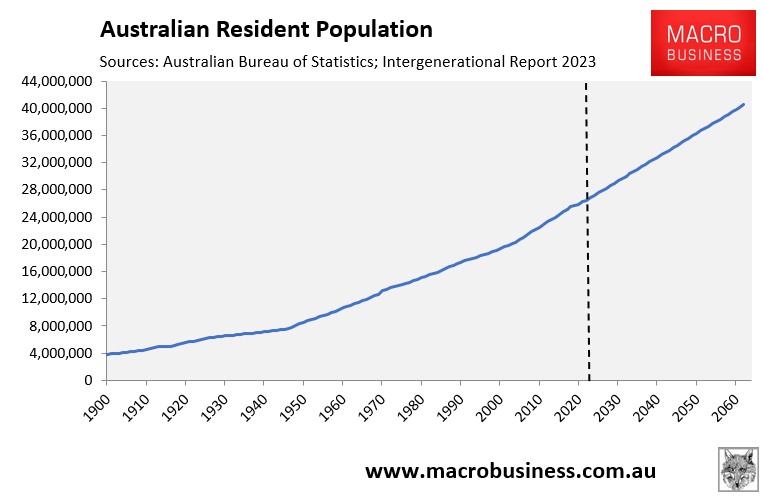
For example, projections from the Urban Taskforce have Sydney’s dwelling composition transforming from a majority of detached houses in 2016 to a predominance of apartments by 2057:
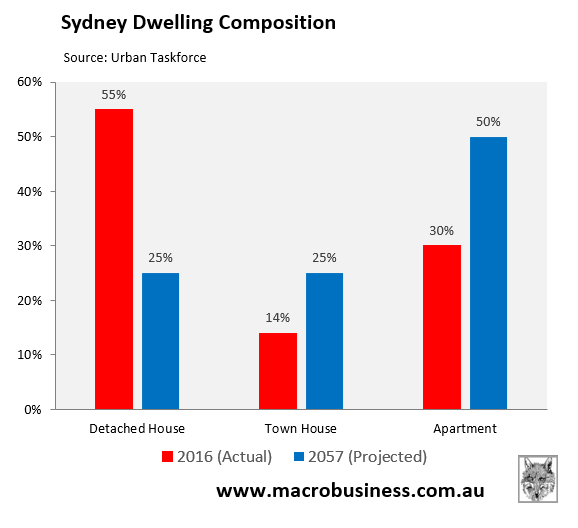
The Victorian government has also set a target of building two million new dwellings by 2051 to keep pace with the state’s rabid population growth.
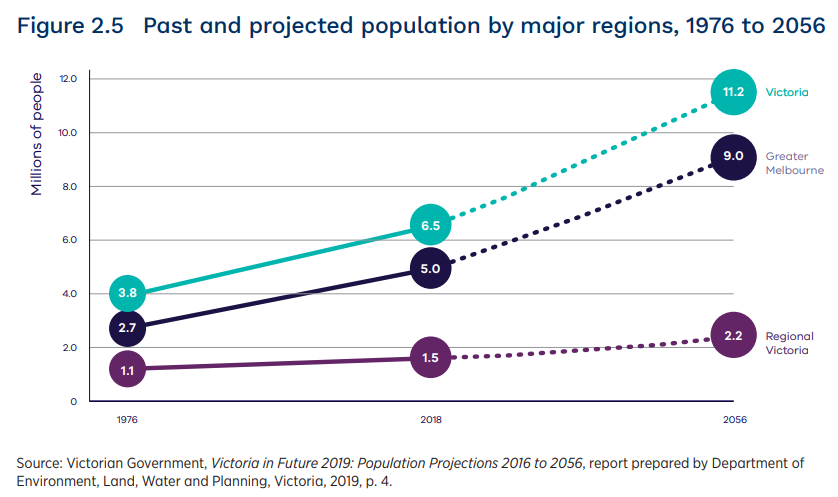
According to the 2021 Census, Melbourne had 2,057,482 dwellings, whereas Victoria had 2,805,661.
Therefore, in only 30 years, Victoria is projected to record a 71% increase in dwellings, primarily apartments.
On Monday, ABC’s Four Corners aired a segment entitled “The Strata Trap”, exposing the graft and greed of the seven billion dollar a year strata industry, which are being ignored by state governments.
“After thousands of Australians wrote to the ABC with shocking stories of financial abuse, The Strata Trap uncovers the unethical practices that have drained untold sums of money from apartment owners’ pockets”, Four Corners reported.
The Four Corners team investigated key industry players – from neighbourhood cowboys to multinational corporations.
“It’s almost as if the whole business model has been designed to frankly screw Australian apartment owners”, one Sydney apartment owner told Four Corners.
The Four Corners report is more evidence that buying an apartment in Australia is akin to financial Russian Roulette.
In addition to the issues raised above by Four Corners, there are also issues surrounding build quality and structural defects.
These issues were uncovered in a separate 2019 Four Corners investigation entitled “cracking up”.
The report revealed a litany of failure to regulate and protect the buying public, even in the face of repeated warnings.
“We’ve got a real problem here. It’s systemic and it’s infecting lots of buildings across the landscape, in all parts of the country. It’s very clear”, one building analyst told Four Corners in 2019.
“I have never seen a building that isn’t defective in some way. I know it’s my job, but even just walking around in public, I notice these things”, a forensic engineer added.
Separately, building construction lawyer, Bronwyn Weir, warned that “thousands and thousands of apartments have serious defects in their buildings”, labelling the problem “enormous”.
“We have what is now you know, a systemic failure that is quite difficult to unravel”.
“Some of these buildings could potentially be a write-off”, she warned.
A November 2023 NSW government strata survey revealed that more than half of newly registered buildings since 2016 have had at least one serious defect costing an average $331,829 per building to fix.
Research by the Strata Community Association NSW revealed that waterproofing was the most common major defect followed by fire safety.
The Albanese government’s target of building 1.2 million homes over five years would seriously make the problems worse.
Bronwyn Weir cautioned that speeding-up the construction of high-rise apartments would inevitably result in lowered standards and another boom in defective apartment complexes.
“Australia’s chronically undersupplied housing market is heading for another development boom and apartments will lead the way”, wrote The AFR’s Michael Bleby.
“On current estimates, 50% of what will be built will have serious defects”, Weir told The AFR in January.
In short, corners would be cut, quality would be degraded, construction standards would fall, and tens of thousands more poor quality high-rise complexes would be constructed throughout our major cities to accommodate the never-ending influx of migrants.
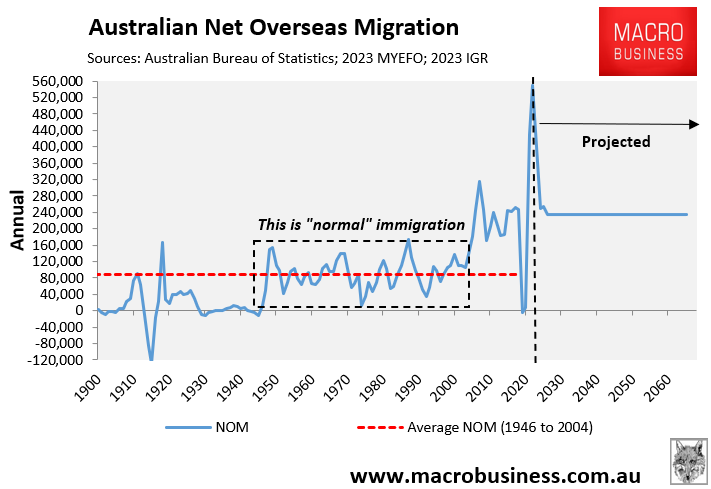
Instead of pursuing a high-rise slum future, the federal government should limit immigration to a level that is proportionate to the country’s ability to provide high-quality housing and infrastructure, as well as the carrying capacity of the natural environment (especially water resources).
Lower, sustainable, immigration in accordance with pre-2005 norm (see black box in chart above) would encourage the building sector to prioritise quality over quantity in construction, as well as alleviate the nation’s housing shortage.
The last decade’s high-rise apartment boom was a complete disaster, with buyers and taxpayers footing the tab.
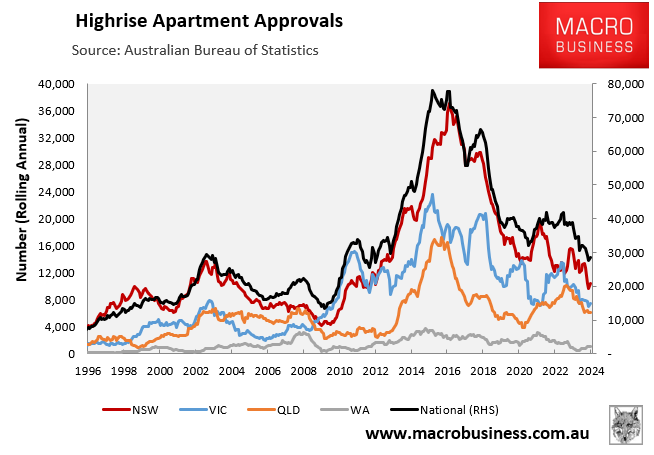
Why make the same mistakes by raising construction rates to match the unsustainable immigration-driven population growth that Australians do not want or require?

